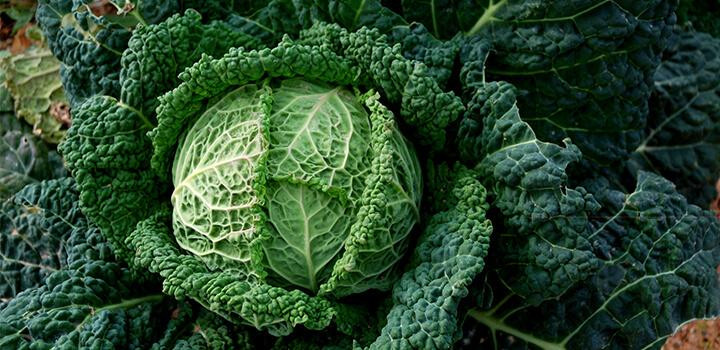
Harvesting Cold Weather Crops
Posted by Grange Co-op on 21st Feb 2018
Cold weather crops make this time of year the season of salad greens! Some of our favorites include broccoli, cabbage, cauliflower, collards, lettuce, snap peas and spinach. In this GrangeKnows article, we will provide information on cold weather crop harvesting. Because they thrive in colder temperatures, early Spring is the time to plant.
 Most can endure short periods of frost, and when the temperatures begin to warm, these types of veggies will go to seed. Most of these crops have edible leaves and roots, such as lettuce, spinach, carrots, and radishes. Some are grown for their immature flowers, like artichoke, broccoli, and cauliflower. Others, like peas and broad beans, produce edible seeds. Cold weather crops such as lettuce, spinach, kale, chard, micro-and-mixed greens are ideal for container planters.
Most can endure short periods of frost, and when the temperatures begin to warm, these types of veggies will go to seed. Most of these crops have edible leaves and roots, such as lettuce, spinach, carrots, and radishes. Some are grown for their immature flowers, like artichoke, broccoli, and cauliflower. Others, like peas and broad beans, produce edible seeds. Cold weather crops such as lettuce, spinach, kale, chard, micro-and-mixed greens are ideal for container planters.
This method of planting allows the suburban gardener to take advantage of this growing season as well. Whether you’re growing your crop in a container, raised bed, or garden we recommend amending the soil with G&B Composted Chicken Manure. Composted chicken manure has been aged and broken down. Unlike fresh chicken manure, it will not burn your plants. Chicken manure provides more primary nutrients of nitrogen, phosphate and potash to the soil than horse or steer manure. Chicken manure is ideal for vegetable gardens and will amend the soil allowing vegetables to grow bigger and healthier.
Below are some of our favorite cold weather crops and instructions on when and how to harvest.
BROCCOLI
Harvest broccoli when the head begins to form in the center of the plant. The tiny buds should be tightly closed, opened buds will have a mealy texture. If the buds begin to swell or show the yellow flower petals, cut the head from the stem. Even after the main head has been removed, the plant will continue to grow bite-sized shoots.
CABBAGE
Once the head has formed on cabbage it is ready to harvest. If the head cracks, cut it right away. You can test the heads by squeezing them, testing if they are solid or loose-leafed inside.
CAULIFLOWER
Leave the head of the cauliflower to grow until it reaches about 6 to 8 inches in diameter. If the head begins opening, cut it from the base of the head. Allowing the head to continue maturing would produce a loose cauliflower with lost characteristic texture.
COLLARDS
Collards can be harvested at nearly every size. Cut off the lower leaves to allow the plant to continue growing from the top. Regular harvesting and consistent watering will allow the plant to create an abundance of tender leaves. Don’t worry about collards succumbing to freezing temperature, as frost actually brings out sweetness in collards.

LETTUCE
Like collards, lettuce can be eaten at any size as well. Leaving the bud of the lettuce will lengthen harvests. Plant lettuce in early Spring before temperatures begin to rise as this will keep lettuce from tasting bitter. You’ll notice if there is a spike in warm weather, the lettuce will abruptly go to seed and taste extremely bitter.
ONIONS
When onion tops begin to yellow, they are generally ready to harvest. At harvest time we recommend you stop watering your onion, as this will allow the bulb to dry out and the top will fall over. If you pull the onions before they are dried out, often the thick, moist neck will succumb to rot. A trick to storing onions so they do not rot as easily: keep them in a nylon stocking. Tie a knot between each one to keep them separated. Onions kept in a cool, dry place will generally last longer.
SNAP PEAS
Snap peas are sweeter the smaller they are. The more developed and larger they grow, the more bitter they will generally taste. If you pick the pods while they are young and flat, they can be used in a stir-fry. No matter how snap peas are eaten or at what stage they are picked, it is important to eat them rather quickly. The sugar that makes them so sweet will turn to starch.
SPINACH
Once spinach is large enough to eat, it can be harvested. Leaves can be plucked one at a time, or the entire plant can be pulled out of the ground and roots cut off. Whichever method you prefer is fine. Know however, if the roots are left in the ground, the plant will eventually go to seed and reproduce the following Fall.
For advice on your gardening questions, visit any of our Grange Co-op locations to speak with a Grange Gardening Expert!
